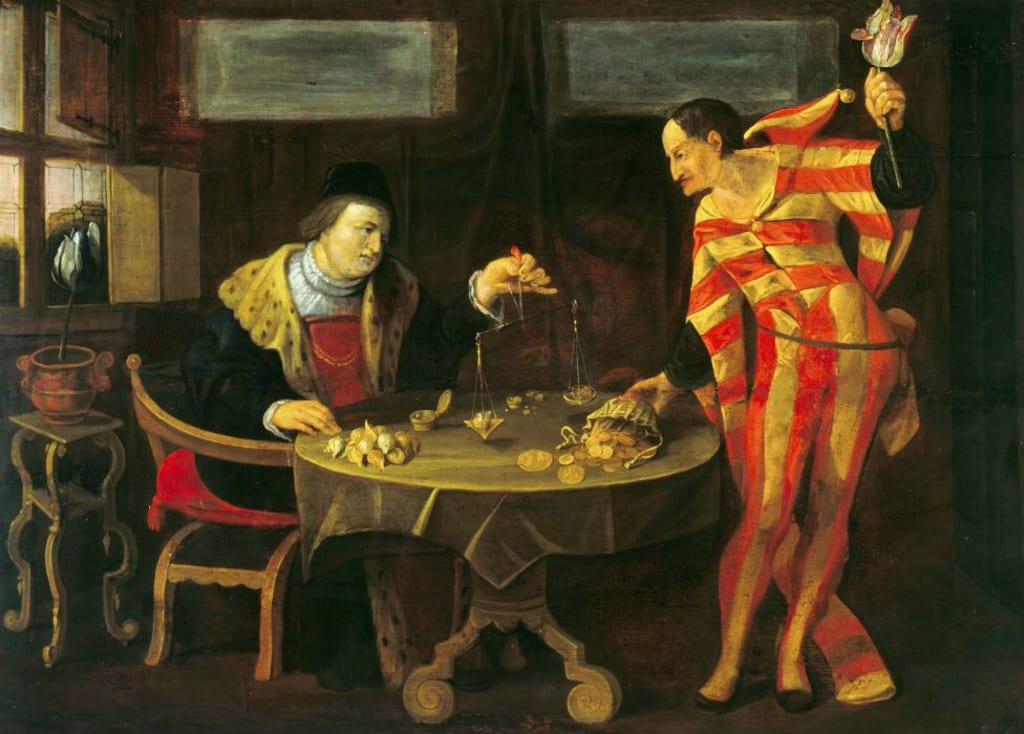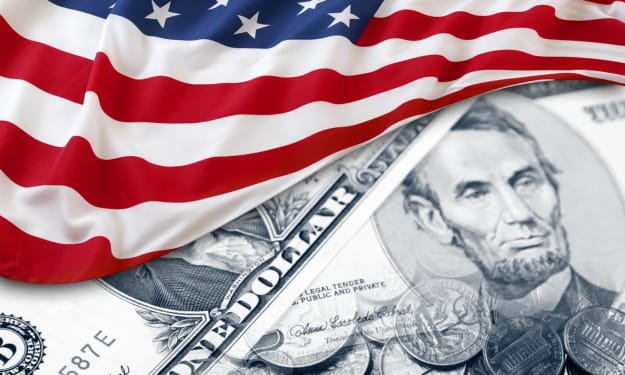
Tulipmania, a period of speculative frenzy over tulip bulbs in the Dutch Golden Age, is one of the earliest recorded economic bubbles. It peaked in the mid-1630s, leaving a lasting impact on economic history and culture. This phenomenon is often cited as a classic example of the irrational exuberance that can characterize speculative markets, and it offers timeless lessons about the potential for human behavior to drive financial excess.
Origins and Context
Tulips were introduced to Europe from the Ottoman Empire in the late 16th century. The flower's vibrant colors and unique patterns made it a highly sought-after status symbol among the wealthy. In the Netherlands, where the economy was flourishing due to trade and commerce, tulips quickly became a luxury item. The Dutch had a particular fondness for gardening and horticulture, which only fueled the flower's desirability.
By the early 17th century, tulips had become a significant part of Dutch culture and economy. Tulip bulbs were not just bought for cultivation; they became a form of speculative investment. The most prized tulips, particularly those with rare color patterns caused by a virus, commanded extraordinarily high prices.
The Bubble Begins
The tulip market initially grew in a manner similar to any other commodity market. However, as demand increased and prices began to rise, more people saw an opportunity to profit from the trade in tulip bulbs. This led to speculative buying, where people purchased bulbs not for their aesthetic value or to plant them, but to sell them at a higher price.
By the early 1630s, speculation had reached fever pitch. Tulip bulbs were traded on the futures market, meaning bulbs were bought and sold for future delivery. This allowed people to trade tulips they did not yet own, further inflating prices. The most coveted tulip bulbs were sold for the equivalent of thousands of dollars in today's money, with some reportedly fetching the same price as a house in Amsterdam.
Peak and Collapse
The peak of Tulipmania occurred in the winter of 1636-1637. At this point, the market for tulips had become a frenzy, with prices soaring to unprecedented levels. The speculative bubble reached its height in January 1637, when tulip bulbs were traded multiple times in a single day, each time at a higher price.
However, the bubble burst in February 1637. A single event is often cited as the trigger: a failed auction in Haarlem where buyers refused to pay the exorbitant prices for tulip bulbs. This sudden drop in demand led to a panic, and within weeks, tulip prices plummeted. Contracts were voided, and many investors were left with bulbs that were now worth a fraction of the price they had paid.
Aftermath and Impact
The collapse of the tulip market caused widespread financial distress. While the broader Dutch economy was resilient enough to withstand the crash, many individuals and speculators suffered significant losses. The government attempted to mediate by declaring that futures contracts could be annulled for a small fee, but this did little to restore confidence.
Tulipmania became a cautionary tale about the dangers of speculative bubbles. Historians and economists have studied the event to understand the dynamics of market psychology and the factors that can lead to such extreme economic phenomena. The term "tulipmania" is now used metaphorically to describe any large economic bubble where asset prices deviate significantly from intrinsic values due to speculative buying.
Lessons and Legacy
Tulipmania offers several enduring lessons:
1. Speculative Bubbles: The event illustrates how speculative bubbles form and burst, driven by irrational behavior and herd mentality.
2. Market Psychology: It highlights the role of emotions, such as greed and fear, in driving market movements.
3. Regulation and Oversight: The need for regulatory frameworks to manage speculative markets and prevent extreme volatility.
Despite its negative connotations, Tulipmania also had a positive impact. It led to a more sophisticated financial market in the Netherlands, including the development of better risk management tools and financial instruments. Moreover, it solidified the tulip's place in Dutch culture, symbolizing both beauty and the risks of speculation.
Conclusion
Tulipmania remains a fascinating and instructive episode in economic history. It underscores the timeless nature of market dynamics and the perennial human tendencies that drive speculative behavior. While the specifics of the tulip bubble are unique to its time, the underlying principles are relevant to modern financial markets. The lessons of Tulipmania continue to resonate, reminding us of the thin line between rational investment and speculative excess.
About the Creator
Marveline Merab
“History never repeats itself. Man always does.”
― Voltaire
Enjoyed the story? Support the Creator.
Subscribe for free to receive all their stories in your feed. You could also pledge your support or give them a one-off tip, letting them know you appreciate their work.






Comments
There are no comments for this story
Be the first to respond and start the conversation.